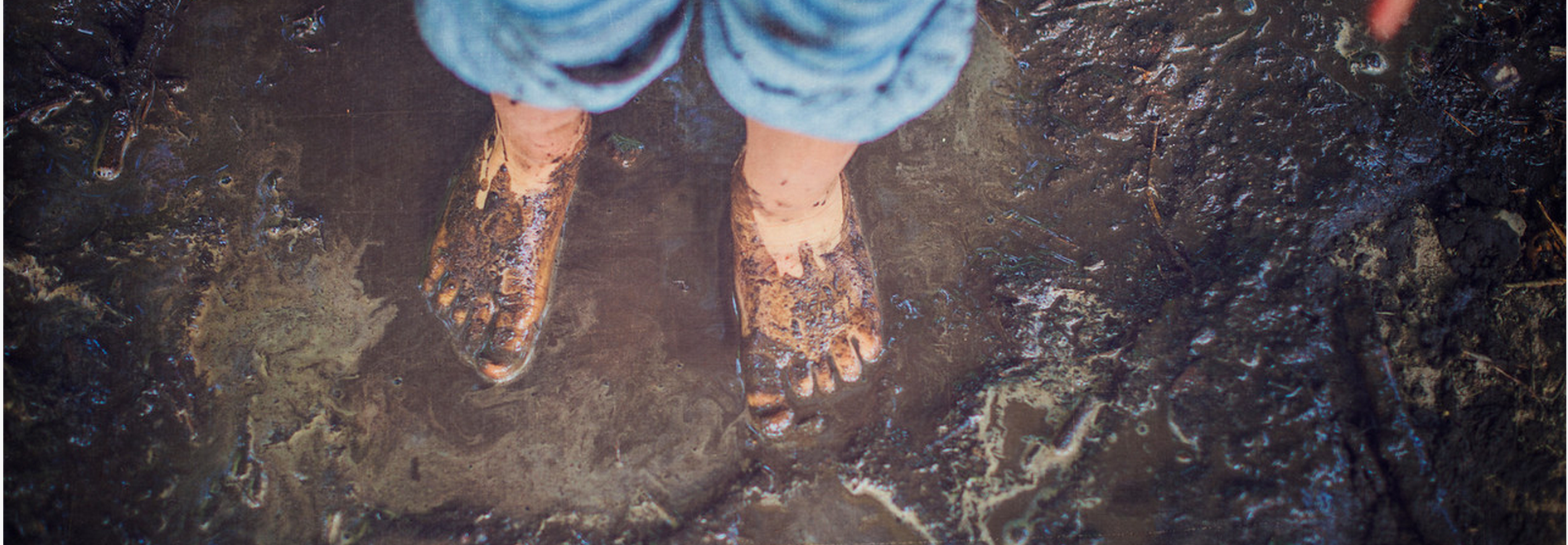Eggheads
-
Age: 3 to 8+
-
Time: 1 hour+
-
Materials: empty egg shells, potting soil, wheat berries, spoons, water (mister ideal)
- Skills: Naturalist, Behavioral Schema, Fine Motor, Sensory, Science
Eggshell Activity for Kids
We love gardening with our daughters. When we use eggshells as planters, we layer lessons about seeds and the growth cycle with the practice of reuse and composting -- which will help keep some spring in our planet’s step. This project has something for everyone -- sensory goodness for the toddlers, introductory science for the preschoolers, and environmental awareness for all of us. Most of it can be done by the kids themselves, which fosters a sense of self-reliance and pride. It requires some patience, but the payoff is quick enough to keep this interesting, satisfying, and even a little funny (although your kids may not get your “egghead” jokes). No wonder it’s such a crowdpleaser.
The Guide
- Gather your planters: Whether you’re prepping for a springtime holiday or playing short-order cook, take extra care breaking your eggs for a few days. I used a sharp knife and tapped around the top in a circle. You’ll want to keep the bottom ⅔ of the eggshells intact -- those will be your planters. You can also let young kids dump out and play with an egg’s insides. My girls love that sticky business, and they never really get to do it when we are baking. Store the ⅔ egg shells in an empty egg carton, and set aside the tops (and near-misses) -- you’ll use those for crushing and mixing later on. When you have about a dozen egg planters, place half a pound of wheat berries in a bowl and cover them with warm water for 4 to 8 hours. You and your child will know they’re ready to plant when you see a white tail sprouting from the seed -- magic!
- Prepare your soil: Gardening is messy, so take this step outdoors. Start with a bin of soil, then crush and mix in the eggshell bits you put aside -- a multi-sensory experience for your kids that will leave the soil richer. As you work together, talk with your kids about what the plants need -- nutrients, water, and sunshine. Water the soil, and then...
- It’s planting time! Spoon the soil into the eggshells. This is tricky work for small fingers, but let your child give it a try -- and be ready to work as a team. (Remind your child that broken egg planters are no problem, since they can be added to the soil as extra food.) Spray the tops of the planters with a little water, then place a single layer of sprouted seeds on top. Cover the seeds with a little more soil, then moisten the soil again. Finally, grab a permanent marker to decorate the eggshells with faces. Discuss with your child about whether the faces should be happy, surprised, questioning, or something else -- and what they should look like to reflect their emotions. And as you clean up, take the opportunity to talk about how composting reduces waste and feeds the earth. If your family doesn’t compost already, your pile of leftover egg shells is a perfect start.
- Wonder together: Put your planters in a dark, shady spot for the next few days, visiting them often to mist them with water. As you wait, talk with your child about the changes you’ve already witnessed. What do you think these seeds look like in a few days? What should you give them to help them grow? While you wait for green sprouts to surface, take photos of your egg friends so you can document changes (and share them with us on Facebook, Instagram, or Twitter: #tinkergarten). When your child starts seeing real growth, it will be egg-citing indeed (yes, we went there!).
- Set them in the sun and plan: Once you see green wheat grass has sprouted, move the egg planters to a sunnier spot. Continue to spray the surface with water each day, making sure the soil is moist but not too damp. Once your egg friend has a decent amount of hair, you’ll want to either bury him in the ground or a bigger pot or, if you don’t want to grow wheat grass after all, you can compost both planter and plant, recycling both and helping future plants to grow!
Why is this activity great for kids?
This activity is jam-packed with learning opportunities. There are obvious science lessons -- kids can observe directly how seeds germinate, seedlings form, and organic materials decompose. Even if they’re too young for the scientific terminology, they’re squirreling away direct experience with concepts that will enhance their learning later on.
The messy project of prepping the soil allows for hands-on play that helps engage senses and exercises fine-motor skills. It’s also a great example of the universal human behavior patterns that early childhood development experts call transforming schema.
Finally, this project offers natural entry into conversations about the environment, wastefulness, composting, and recycling—all on a child-friendly level. When we discuss these subjects with our children at an early age, we help connect them to the world they live in, showing them how they can make a positive impact. That boosts their self-esteem today -- and helps create an environmentally savvy generation tomorrow.



